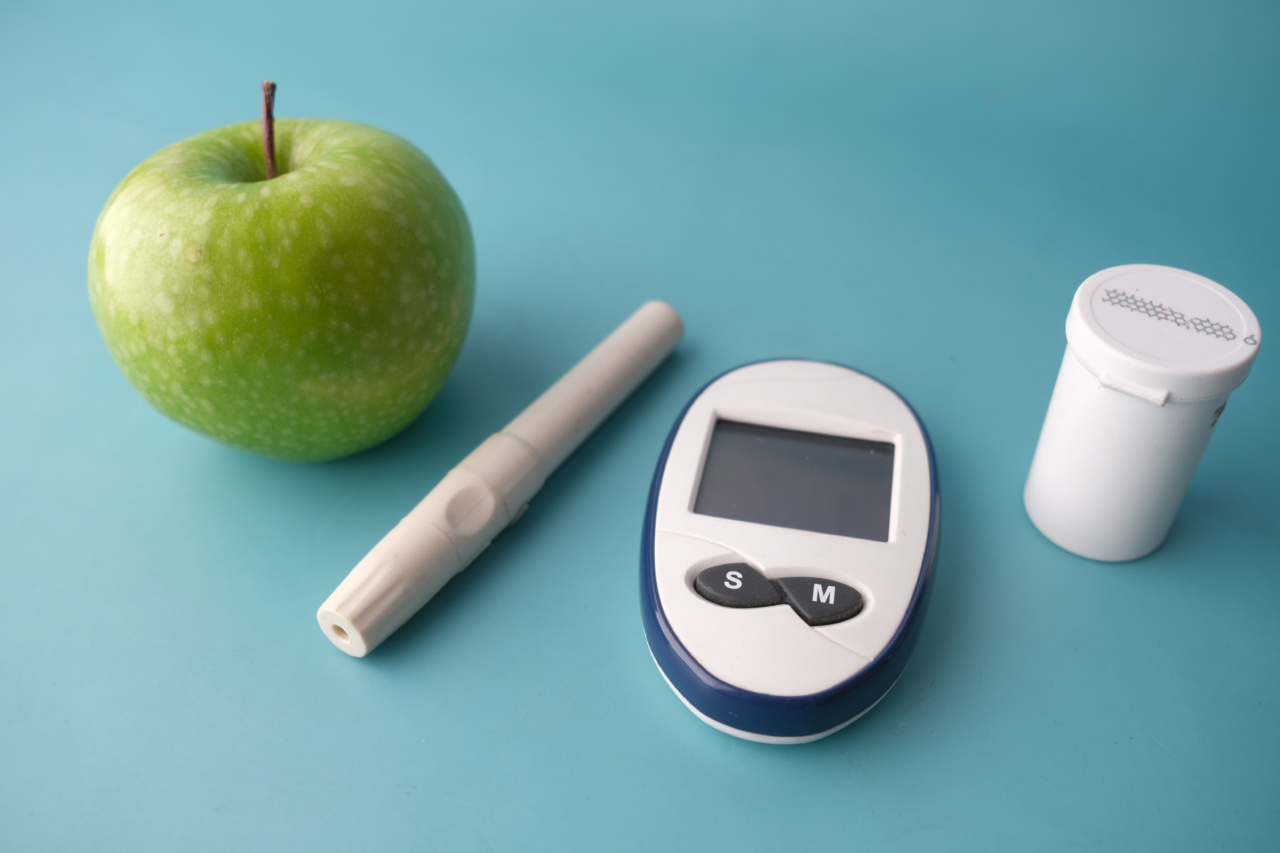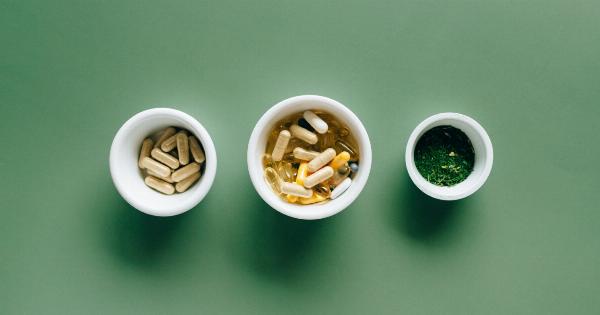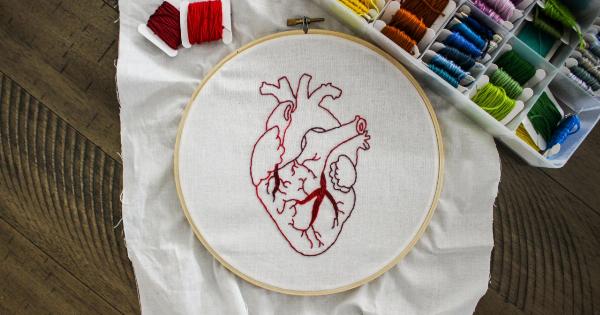Strokes are a major cause of disability and can have devastating effects on individuals and their families.
Stroke recovery involves a combination of rehabilitation therapies and medical interventions, but there is growing evidence to suggest that blood sugar monitoring plays a crucial role in the recovery process. In this article, we will explore the importance of blood sugar monitoring in stroke recovery and its impact on outcomes.
1. Understanding Stroke and its Effects
A stroke occurs when there is a disruption of blood supply to the brain, either due to a blockage or the rupture of a blood vessel.
This interruption of blood flow can have immediate and long-term consequences, leading to the loss of brain function and impairments in various cognitive and physical abilities.
2. The Link between Diabetes and Stroke
Diabetes is a chronic condition characterized by high blood sugar levels. It is a well-known risk factor for stroke, with studies showing that individuals with diabetes are at a higher risk of experiencing both ischemic and hemorrhagic strokes.
High blood sugar levels can damage blood vessels over time, increasing the likelihood of vascular issues that can trigger a stroke.
3. Blood Sugar Levels and Stroke Outcomes
Research has demonstrated that maintaining optimal blood sugar levels during stroke recovery is crucial for positive outcomes.
High blood sugar levels, also known as hyperglycemia, have been associated with increased mortality rates, longer hospital stays, and higher rates of disability among stroke survivors. Monitoring blood sugar levels can help identify and manage hyperglycemia, leading to improved recovery and reduced complications.
4. Hyperglycemia and Stroke Damage
Hyperglycemia can exacerbate the damage caused by a stroke. It can increase inflammation, oxidative stress, and the production of free radicals, leading to more extensive brain injury.
Additionally, high blood sugar levels can impair the formation of new blood vessels and hinder the brain’s natural repair mechanisms. By monitoring blood sugar levels, healthcare providers can intervene promptly to prevent or manage hyperglycemia and minimize further damage.
5. Hypoglycemia and Stroke Recovery
On the other hand, maintaining blood sugar levels within a healthy range is equally important. Hypoglycemia, or low blood sugar levels, can occur as a result of aggressive blood sugar management.
It can lead to further brain damage, poor cognition, and impaired functional recovery. Regular monitoring helps strike the right balance and prevents the occurrence of hypoglycemia.
6. Individualized Blood Sugar Targets
Stroke recovery is a highly individualized process, and blood sugar targets should be customized based on each patient’s specific needs.
Healthcare providers will consider various factors such as age, comorbidities, and overall health status when establishing blood sugar goals. Regular blood sugar monitoring allows for adjustments in treatment plans to ensure optimal outcomes.
7. Continuous Glucose Monitoring (CGM) in Stroke Rehabilitation
Traditionally, blood sugar levels have been monitored through intermittent fingerstick tests. However, continuous glucose monitoring (CGM) devices have emerged as a game-changer in stroke rehabilitation.
CGM devices use a small sensor inserted under the skin to measure interstitial fluid glucose levels continuously. They provide real-time data and can alert both patients and healthcare providers to any fluctuations in blood sugar levels.
8. Benefits of CGM in Stroke Recovery
The use of CGM devices in stroke recovery offers several benefits. Firstly, it provides a comprehensive view of blood sugar trends over time, allowing healthcare providers to identify patterns and tailor treatment plans accordingly.
Secondly, CGM can also detect episodes of hypoglycemia or hyperglycemia that might go unnoticed with traditional intermittent testing, enabling prompt interventions. Lastly, CGM devices empower stroke survivors to actively participate in their recovery by providing them with real-time information about their blood sugar levels.
9. Lifestyle Modifications and Blood Sugar Control
Monitoring blood sugar levels in stroke recovery goes hand in hand with lifestyle modifications. Adopting a healthy diet, engaging in regular physical activity, and managing stress levels are all important aspects of blood sugar control.
By making these positive changes, stroke survivors can optimize their recovery and reduce the risk of future strokes.
10. Conclusion
Blood sugar monitoring plays a vital role in stroke recovery. By maintaining optimal blood sugar levels, healthcare providers can improve outcomes, minimize complications, and enhance the overall quality of life for stroke survivors.
The use of continuous glucose monitoring devices further enhances the ability to monitor and manage blood sugar levels effectively. As stroke rehabilitation continues to advance, blood sugar monitoring will remain a critical component of the recovery process.




























